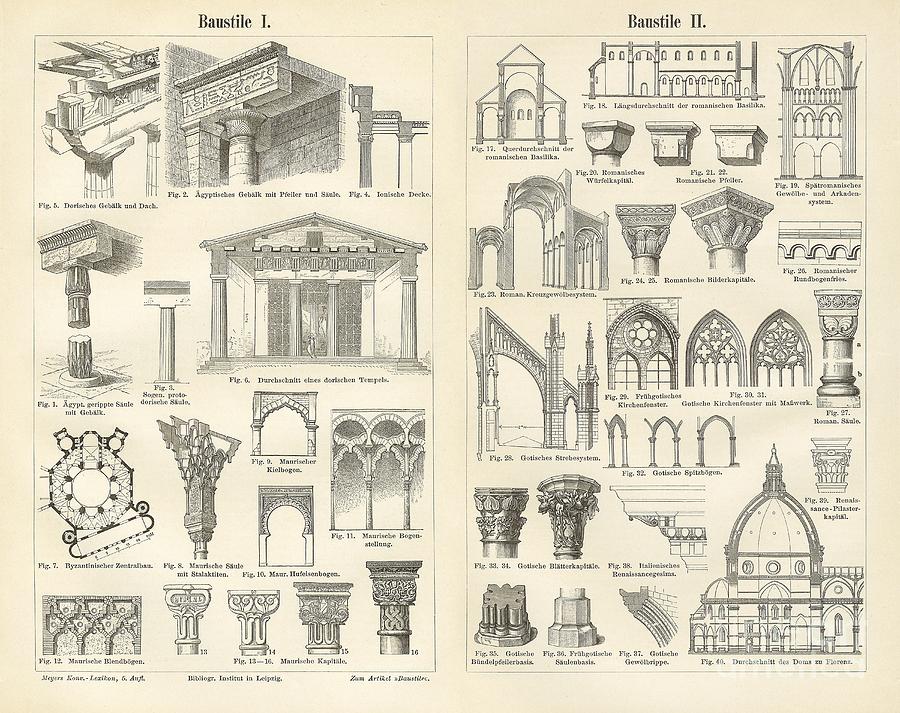Esoteric
Esoteric refers to knowledge likely to be understood by only a small group of people. This word reminds me of the book "The Secret History" by Donna Tart that follows a group of isolated college students studying Latin and how their reclusiveness affects their mental health. It is extremely interesting to see the biases of the narrator and look at his words through a critical viewpoint. Their niche worldview is so odd to look upon as an outsider that it is easy to get lost in the inconceivability of it all.
Soliloquy
Soliloquy is a dramatic monologue meant to reveal a character's inner thoughts. This specifically makes me think about Juliet's soliloquy in Romeo and Juliet. She goes on a tangent about how long her nurse is taking to send her note to Romeo. Angry at her nurse for being too slow, Juliet accuses her of having no heart and no passion, for if her nurse was a messenger of love, she would be swift and nimble. The flowing nature of the word reminds me of the prose and pattern of the work of Shakespeare in particular, and the appreciation the world has for his art.
Vicious
Vicious isn't as unusual a word as the others in this list but deserves just as much appreciation as they receive. Vicious brings to minds imagery of bared teeth and slashing claws. The beauty of the word, though, lies in that same garish vision. The raw intensity of the connotation contrasts the inherent beauty of the word itself, resulting in a kind of interesting composition.
Discourse
Discourse is the communication and exchange of ideas. I often associate this word with scholarly argumentation or disagreement. I guess I find the excitement and passion of discourse, the ability to share your idea and findings and to debate your opinions and beliefs enticing. This word brings to mind the bubbling fervor with which those who are passionate discuss their ideas.
Blasé
Blasé is the appearance of indifference and being unimpressed due to overexposure. It feels cool, in a way, that you could be detached to the outside world. While blasé impresses the image of levelheadedness, I find it serves as a reminder that we should maintain a sense of wonder throughout every aspect of our lives, even in the most mundane, repetitive scenarios.
Limerick
Limerick is a comedic, five-line poem with a structured rhythm and rhyme. The humorous nature of a limerick reminds me of my childhood and the outlandish books I would read. The specificity of the scheme of a limerick paired with the loose absurdity of the contents makes for a nostalgic experience, and with a name that rolls of the tongue, limerick is undoubtedly a great word.
Bedlam
Bedlam is a scene of uproar and chaos. Originating from the name of the first mental institution in Britain, the word bedlam has a questionable history. Yet, despite this, bedlam has sort of a fun, British sound to it that makes it amusing to say. The ominous history and implications of disorder that this word inflicts evokes a chaotic imagery that lends to its intrigue.
Cairn
Cairn is a pile of stones often used as a marker or memorial. This word resembles guidance and reminiscence to me. The physical reminder of human impact that cairns represent make this word impactful. Cairns tell a story, whether it's a story of someone's journey or loss and learning, it makes you think of your impact on other and everyone's path through life.
Zephyr
Zephyr is a light breeze. Evoking a sense of calm, the word is exhaled gently as the listener is transported to a summer day, dandelions flowing in the wind. The lightness and tranquility of this word symbolizes an appreciation for nature and reminds us to take life in stride while making time to stop and slow down to admire the beauty of the world around us.
Cormorant
Cormorant is a large, dark seabird. Majestic and skilled at diving, cormorants envelop a resilient nature and showcase the strength and persistence that are necessary for us to survive. While grounding us with their connection to their body, mind, and environment, they also remind us to revel in ourselves and our resilience.
Language is the expression of self, and its beauty is often overlooked. It can connect us to the world around us and resonates with everyone in a different way. The unique nature of these specific words reminds me to keep a true appreciation for the language and environment that enrich our lives.





